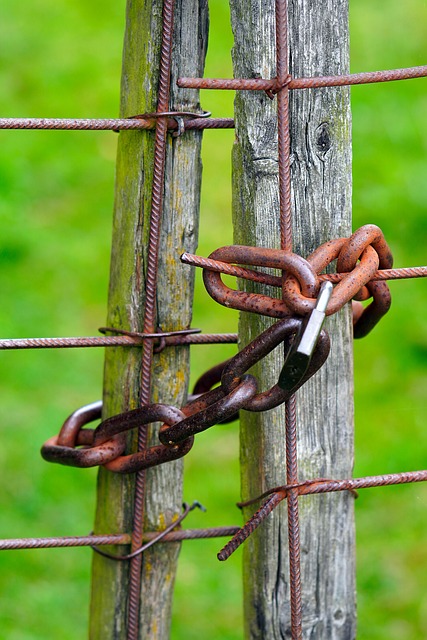Rust, caused by corrosion, weakens structures and requires targeted repair methods. Identify rust types (uniform, pitting, crevice) for appropriate solutions. Evaluate quick-fix vs. long-term options based on extent, material, environment, and budget. Chemical treatments like inhibitors and converters prevent formation, while mechanical repairs, including sanding and protective coatings, restore severe damage. Preventive maintenance through cleaning and inspection prolongs lifespan of metal structures and vehicles, reducing extensive repair costs. For specialized rust repair services, consider Select Rust Repair for optimal results.
“Rust prevention is a vital consideration for any property owner or manufacturer aiming for longevity and aesthetic appeal. This comprehensive guide delves into the world of rust repair, offering insights on understanding this common corrosion issue. From identifying causes and types to exploring diverse repair options like chemical treatments (inhibitors, converters) and mechanical repairs (sanding, metalwork), we provide a detailed evaluation. Additionally, learn proactive measures for preventing rust, ensuring your assets remain in top condition through expert-recommended maintenance tips.”
- Understanding Rust: Causes and Types of Corrosion
- Evaluating Your Rust Repair Options: A Comprehensive Look
- Chemical Treatments: Inhibitors, Converters, and Their Effectiveness
- Mechanical Repairs: From Sanding to Metalwork Techniques
- Preventive Measures: Maintenance Tips for Longevity
Understanding Rust: Causes and Types of Corrosion
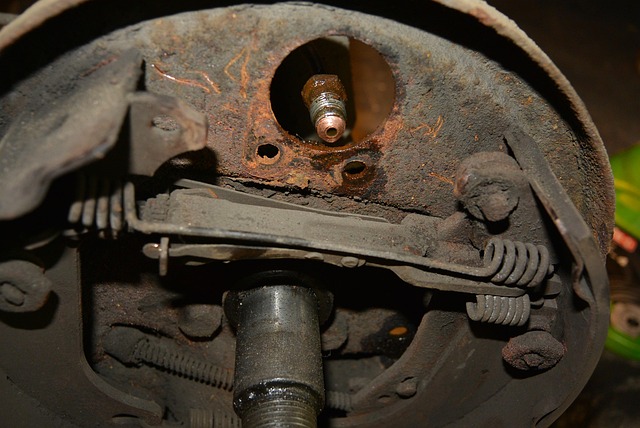
Rust is a common issue that can affect various metal surfaces, leading to weakened structures and unsightly appearances. Understanding its causes and types is key to implementing effective rust prevention strategies. Corrosion, the process by which metals react with substances in their environment, typically results from exposure to moisture, salt, or chemicals. These elements facilitate an electrochemical reaction, leading to the formation of iron oxide, commonly known as rust.
Different types of corrosion include uniform corrosion, pitting, and crevice corrosion. Uniform corrosion is a widespread attack that weakens metal across its surface while maintaining its integrity. Pitting, on the other hand, involves localized attacks that create small, shallow depressions. Crevice corrosion targets hard-to-reach areas like seams and joints, often leading to severe damage if left untreated. By identifying these specific types, homeowners and professionals can select appropriate rust repair methods, such as using specialized rust repair products or implementing long-term solutions to metal corrosion repair.
Evaluating Your Rust Repair Options: A Comprehensive Look
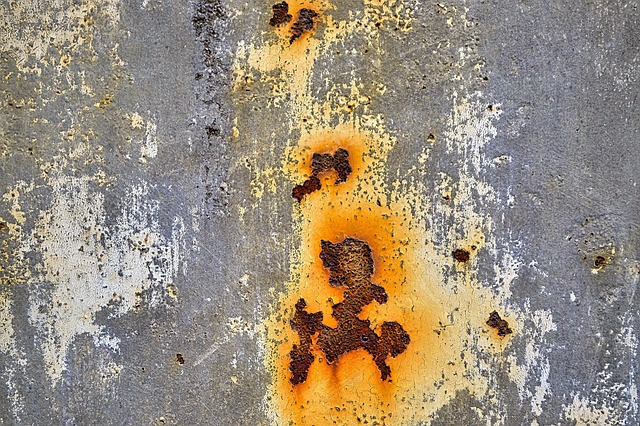
When it comes to rust prevention and repair, evaluating your options is crucial. The market offers a plethora of solutions, from fast rust removal methods to long-term strategies designed for robust protection. Understanding each approach’s strengths and weaknesses is essential before making a decision.
Consider factors like the extent of the rust, the type of material involved, environmental conditions, and your budget. For instance, while some quick-fix solutions might offer immediate relief, they may not provide lasting results. Conversely, more comprehensive strategies, such as protective coatings or specialized treatments, ensure rusty equipment maintenance tips are effectively addressed, offering superior protection over extended periods.
Chemical Treatments: Inhibitors, Converters, and Their Effectiveness
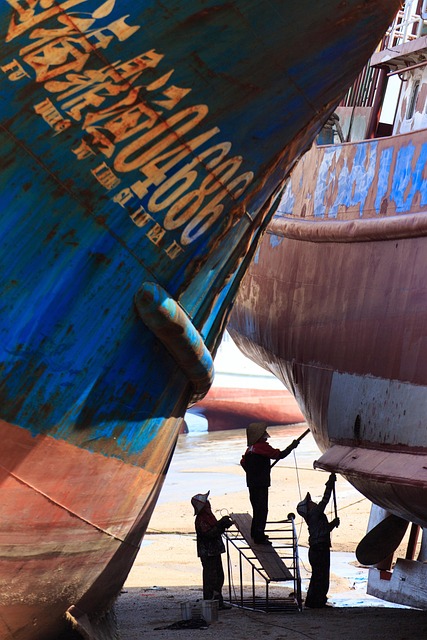
Chemical treatments play a significant role in rust prevention, offering various options for both short-term and long-term protection. Inhibitors are commonly used as a first line of defense, creating a protective barrier on metal surfaces to prevent rust formation. These inhibitors can be applied as coatings or adhesives, effectively preventing moisture and oxygen from reaching the metal, which is essential for rust development. One popular type is phosphoric acid-based inhibitors, often used in select rust repair processes, due to their ability to bond strongly with metal surfaces.
Converters, on the other hand, go a step further by actively converting the metal surface into a more stable, rust-resistant compound. These treatments can chemically alter the metal, making it less susceptible to corrosion. For instance, zinc-rich paints or coatings contain zinc particles that react with the metal, creating a protective layer. When applied correctly, these methods offer superior rust prevention compared to simple painting or coating techniques, ensuring longer-lasting protection for various surfaces and structures, including rusty pipe repair guides.
Mechanical Repairs: From Sanding to Metalwork Techniques

Mechanical repairs play a crucial role in addressing rust, especially when it comes to more substantial damage. The process often begins with sanding, which involves using various grits of sandpaper to smooth out rough surfaces and remove rust buildup. This initial step is vital for preparing the metal for subsequent treatments, ensuring better adhesion of repair materials.
For complex cases, skilled technicians employ specialized metalwork techniques. These may include welding, where heated metal is fused to repair cracks or holes caused by rust. Another method is metal corrosion repair, which involves applying protective coatings like zinc or galvanization to prevent future corrosion. Select Rust Repair offers a range of fast rust removal methods, from manual sanding to advanced metal treatments, ensuring restoring rusty furniture and other metal structures back to their original condition.
Preventive Measures: Maintenance Tips for Longevity
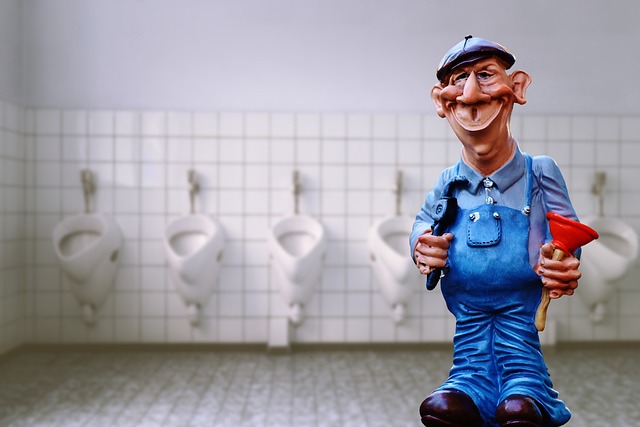
Preventive measures play a pivotal role in extending the lifespan of metal structures and vehicles, including cars. Regular maintenance routines are key to warding off rust, ensuring your vehicle remains in top condition for longer. A simple yet effective strategy is consistent cleaning and inspection; removing dirt and debris that could trap moisture, a primary cause of rust formation. Using appropriate cleaners designed for automotive surfaces can help maintain the finish and protect against corrosion.
For more extensive repairs, selecting the right rust repair techniques is crucial. Professional services offer specialized tools and expertise to address severe cases, ensuring long-lasting results. These methods involve removing the affected areas, preparing the surface, and applying protective coatings that provide an effective barrier against future rust. By combining these preventive measures with timely repairs, car owners can significantly enhance their vehicle’s longevity, saving costs associated with extensive rusted car body repairs down the line.
In conclusion, preventing rust is a multifaceted approach that combines understanding its causes, evaluating repair options, and implementing effective solutions. By considering chemical treatments like inhibitors and converters, mechanical repairs such as sanding and metalwork techniques, and adopting preventive measures including regular maintenance, you can significantly extend the lifespan of various materials and structures. When faced with rust damage, selecting the right rust repair method is crucial for restoring functionality and aesthetics.
